- News
- Reviews
- Bikes
- Accessories
- Accessories - misc
- Computer mounts
- Bags
- Bar ends
- Bike bags & cases
- Bottle cages
- Bottles
- Cameras
- Car racks
- Child seats
- Computers
- Glasses
- GPS units
- Helmets
- Lights - front
- Lights - rear
- Lights - sets
- Locks
- Mirrors
- Mudguards
- Racks
- Pumps & CO2 inflators
- Puncture kits
- Reflectives
- Smart watches
- Stands and racks
- Trailers
- Clothing
- Components
- Bar tape & grips
- Bottom brackets
- Brake & gear cables
- Brake & STI levers
- Brake pads & spares
- Brakes
- Cassettes & freewheels
- Chains
- Chainsets & chainrings
- Derailleurs - front
- Derailleurs - rear
- Forks
- Gear levers & shifters
- Groupsets
- Handlebars & extensions
- Headsets
- Hubs
- Inner tubes
- Pedals
- Quick releases & skewers
- Saddles
- Seatposts
- Stems
- Wheels
- Tyres
- Health, fitness and nutrition
- Tools and workshop
- Miscellaneous
- Cross country mountain bikes
- Tubeless valves
- Buyers Guides
- Features
- Forum
- Recommends
- Podcast
feature
 2023 Dauphine Shimano neutral support - 2.jpeg
2023 Dauphine Shimano neutral support - 2.jpegWhat the hell is neutral service at the Tour de France?
Besides producing bicycle components, Shimano is also the neutral service provider for the Tour de France – taking over from Mavic in 2021 – along with other major Amaury Sport Organisation (A.S.O) races such as Paris-Roubaix and Liege-Bastogne-Liege. Everyone sees the blue cars following the race, but who and what is in them and what do they do?
Shimano has been running its neutral service since 2001, and in 2021 began providing neutral service at the Tour de France. Shimano now has six neutral service teams across Europe, covering the biggest professional road races in the world.
The blue neutral service cars are present at all three Grand Tours, the Tour de France Femmes, the World Championships, all five cycling monuments, and many other races on the UCI men's and women's calendars.
In the Tour de France, each team has two cars following the peloton that are able to assist the riders throughout the race with a mechanic in the back seat and spare bikes on the roof.
One car will stay near the team's GC contenders and the second car will stay further back. The team cars are assigned a specific number based on the overall GC rankings to keep them in order at the rear of the peloton.
So, where do the blue Shimano cars fit into this?
The blue Shimano cars and motorbike that you see amongst the team cars are also support vehicles that provide assistance to riders during the race, regardless of their team or equipment sponsors.
The Shimano squad in every race is made up of three cars and one assistance motorbike, making up what we refer to as the neutral service, with the primary purpose of ensuring all riders have access to support so they can carry on racing without too much interruption.
> Psssssst! What happens when a rider punctures in the Tour de France?
Two cars and the motorbike will be at the front of the race with the other car at the back behind the riders.
In the event of a breakaway, the Shimano motorbike will follow first and when the gap is more than 35 seconds, one Shimano car will join the breakaway so the motorbike can return to the peloton.
The responsibility of supporting riders falls primarily on the teams themselves and if a rider in the peloton gets a flat or needs water, their team car is radioed and allowed to drive to the front to help the rider.
This system doesn't always work though, and when the race is split into multiple groups, Shimano's neutral service can help and acts as a backup option to ensure rider safety and fair competition.
A closer look...
The neutral service cars are essentially a mobile workshop and you'll see them with multiple bikes on the roof and spares inside the car too.
Today’s peloton sees arguably the largest number of standards that there has ever been with brake types, different speed drivetrains and numerous integrated components so providing help is no easy task.
"Shimano’s mechanics carry up to nine pairs of wheels, with two pairs for use with rim brakes, four pairs for use with Shimano’s disc brakes, including 140mm and 160mm rotors, as well two to three sets made for use with other manufacturers’ drivetrains," says Shimano.
> Should you run a 1x set-up on your road bike?
The motorbike is also equipped with extra wheels and Shimano's neutral service cars will also carry four to six spare bikes on the roof, covering four different frame sizes.
Right now some teams race on 11-speed groupsets and some on 12-speed, some teams use 140mm disc rotors and some use 160mm and some combine both. Different teams also use different cleat systems so neutral service bikes are equipped with different pedals.
Shimano doesn't make bike frames, so all of the bikes that you'll see at races with neutral support provided by Shimano are made by another brand and rebadged.
As reported by Cyclist, the current crop of neutral service bikes are from the little-known French brand Origine, and the framesets are its Axxome GT model (you can find it on the UCI's list of approved models of framesets). All bikes come fully equipped with Shimano Dura-Ace Di2 groupsets and Dura-Ace wheels, with the option of different wheel rim depths.
During the Tour, one spare bike will always be set up for the GC leader and will be placed on the corner of the roof rack to ensure maximum accessibility. The other bikes have quick releases so that riders can adjust their saddle heights.
Of course, riders would prefer to have access to their spare bike rather than waiting for a repair but would use neutral service if they are unable to get immediate assistance from their own team vehicles so that they can carry on in the race.
What support can neutral service provide?
Mechanical support
As mentioned, neutral service vehicles provide mechanical support to riders who have been isolated by their team cars. If a rider experiences a mechanical issue during the race, neutral service is equipped with tools, spare parts, and experienced mechanics to help with bike repairs and adjustments.
Shimano's mechanics are some of the best in business with decades of experience in the sport and some ex-pro racers.
Wheel changes
With the many wheels loaded up onto the motorbike and inside the cars, riders can use neutral service to request a wheel change.
Shimano's mechanics can change a wheel in less than 30 seconds allowing the rider to continue without losing too much time.
Spare bikes
In some cases, a rider may need to have a complete bike change to continue the race, and the neutral service bikes cater for all of the riders.
We don't often see riders on the blue Shimano bikes from neutral service and when we do, riders will often only use it for a few miles or until they can get a bike from their team car.
> Affordable* pro race bikes from Specialized, Canyon, Trek, Pinarello, Cannondale and more
Food and water supplies
Team cars can also provide nutrition and bottles to riders and neutral service cars include the provision of essential supplies too.
There are designated areas in a race where riders can collect food and drink to replenish their energy which they would ideally get from their team cars.
In the case of emergencies, neutral service often carries extra water bottles and energy gels that they can distribute to riders who require them. But, if you're anything like me, I like to know that I've trialled and tested the gels that I'm using.
Neutral service vehicles may be important for riders but, arguably, they’re even more important for all of us fans because they keep the action going.
They are also a useful addition for team mechanics, as they often go to Shimano's neutral service if they encounter problems they can't fix.
Have you noticed Shimano's neutral service at the Tour? Let us know in the comments section below...
Emily is our track and road racing specialist, having represented Great Britain at the World and European Track Championships. With a National Title up her sleeve, Emily has just completed her Master’s in Sports Psychology at Loughborough University where she raced for Elite Development Team, Loughborough Lightning.
Emily is our go-to for all things training and when not riding or racing bikes, you can find her online shopping or booking flights…the rest of the office is now considering painting their nails to see if that’s the secret to going fast…
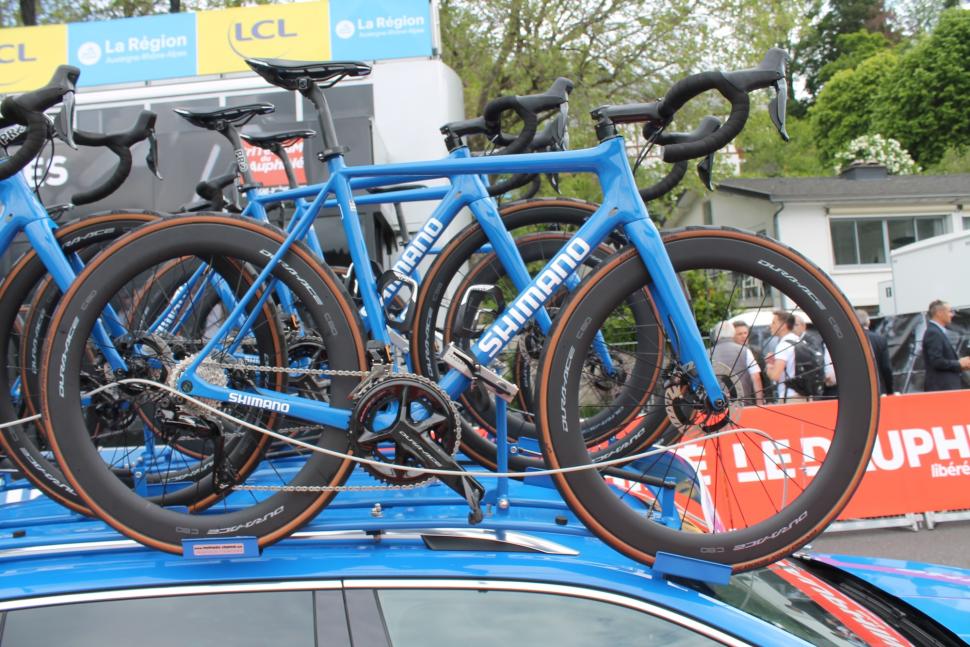
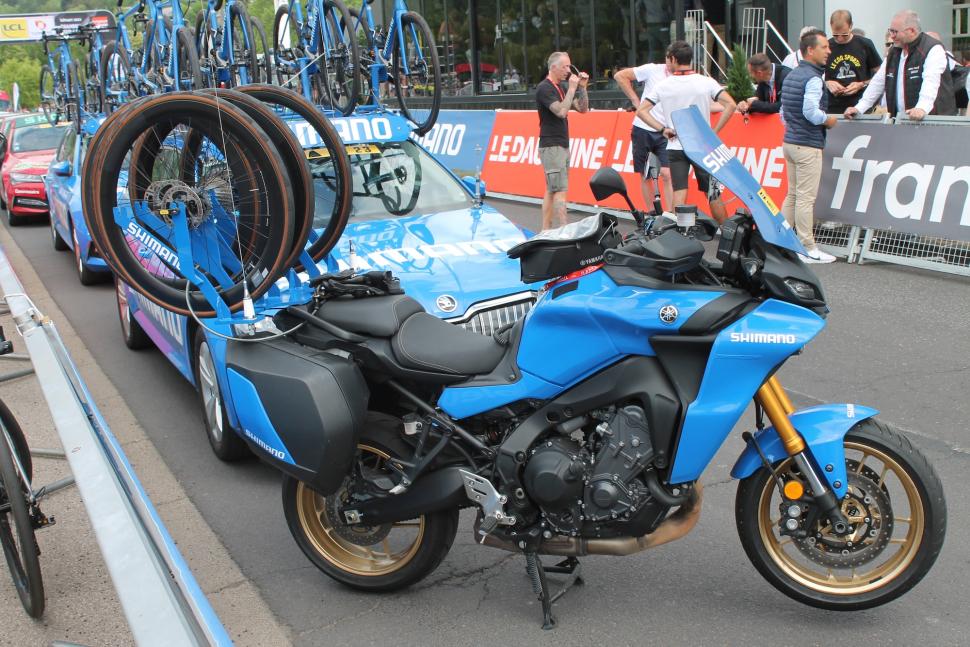
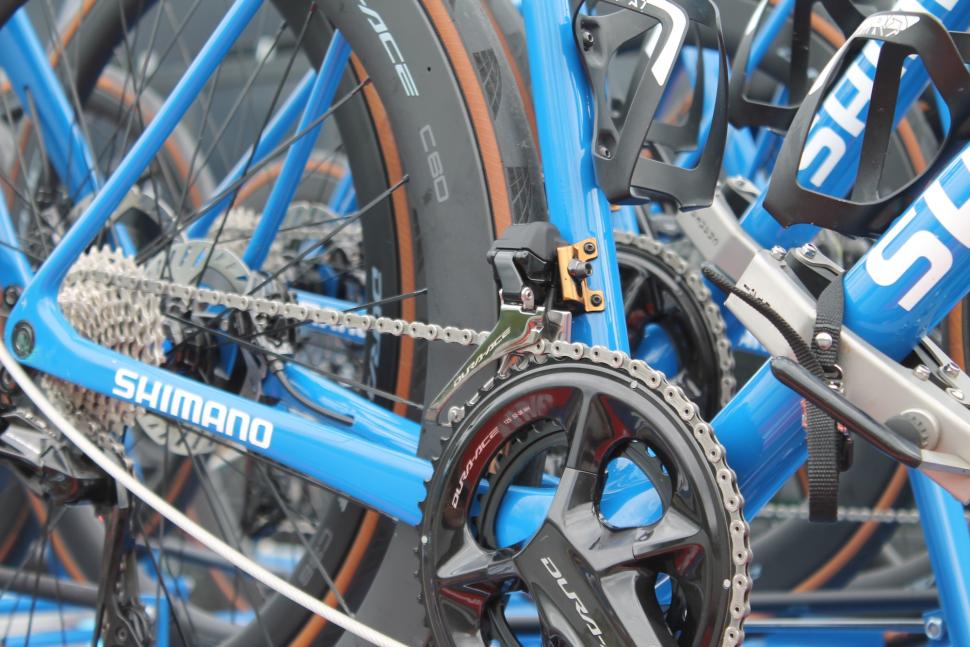
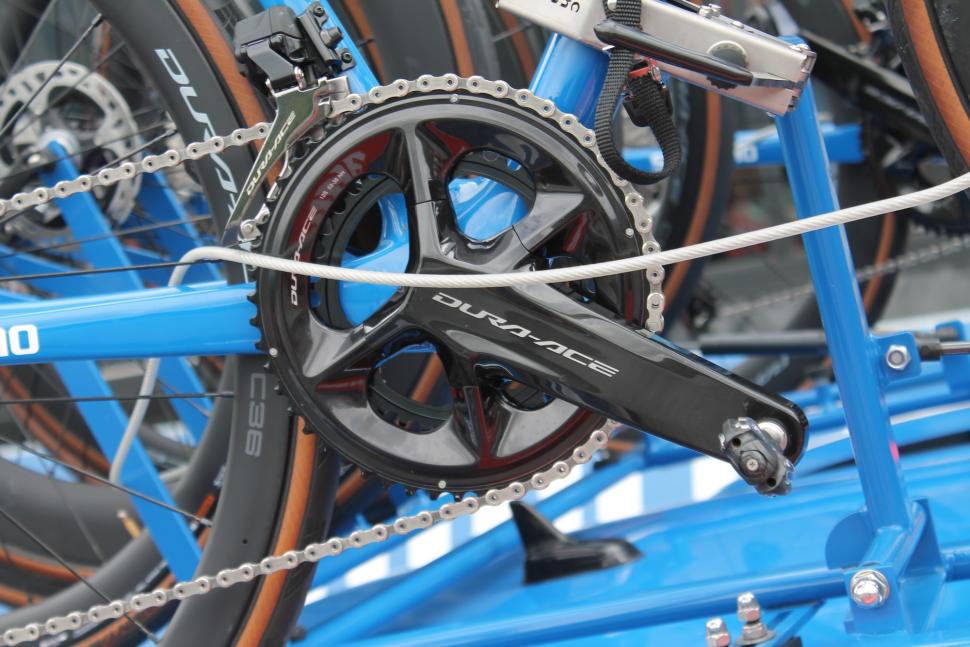
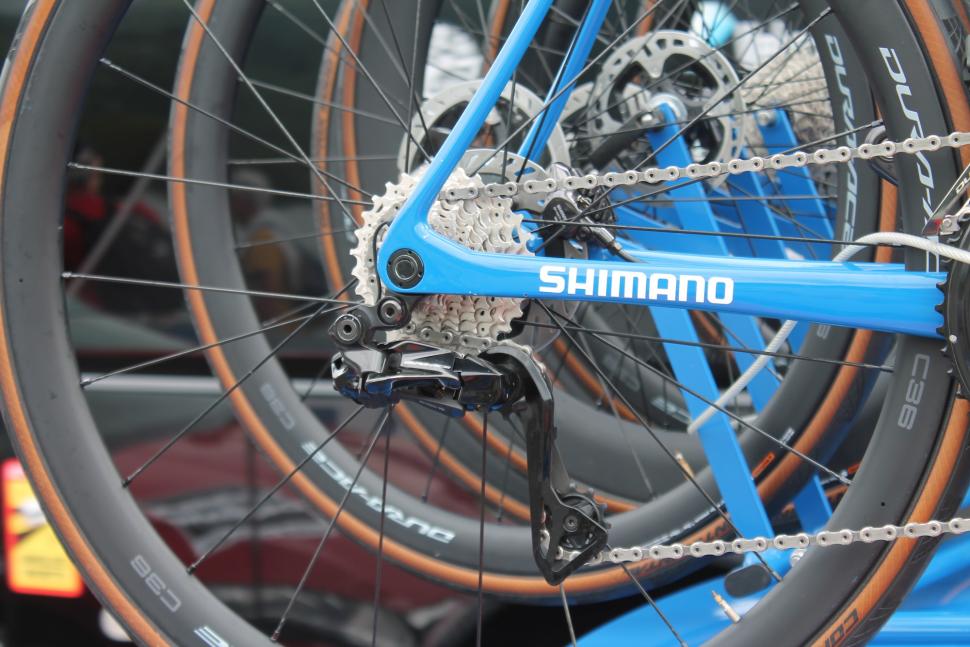
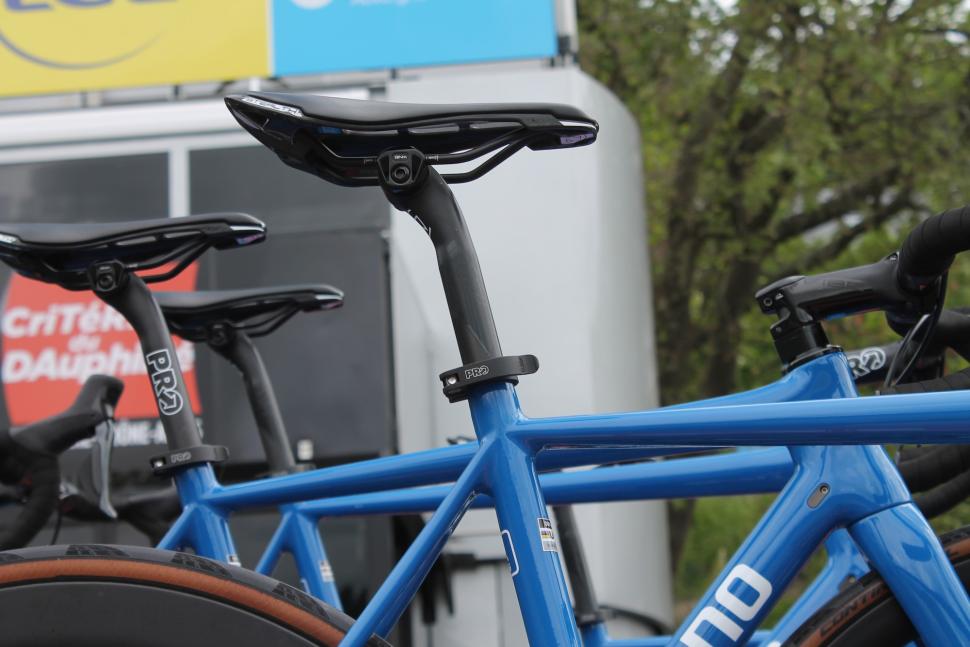
Must have done something to upset the Court - a year is a long sentence for killing a cyclist in this day and age. Imagine what she would have got...
So I can choose wisely for my commute, I would like to see this comparison done with a penny fathing and a Ducati Panegali.
Laverack still offer the same machine in a rim brake version so the "disc" is there to differentiate it from its stablemate.
It's entirely subjective and I can't find any statistics to back it up, but my impression over (far too) many years of watching Paris Roubaix is...
Quite right - get those soapboxes off our roads. As everyone knows, the right place for them is the internet.
It's finally live. Here is the link :...
First warm and sunny weekend for the New Forest
Where's the motor, joking
The Michelin Power Gravel Adventure might fit your requirements, or the Vittoria Terreno Zero ("tubeless ready" but no reason you couldn't run it...
Council showing 'utter disregard' for people against Liveable Neighbourhood scheme:...